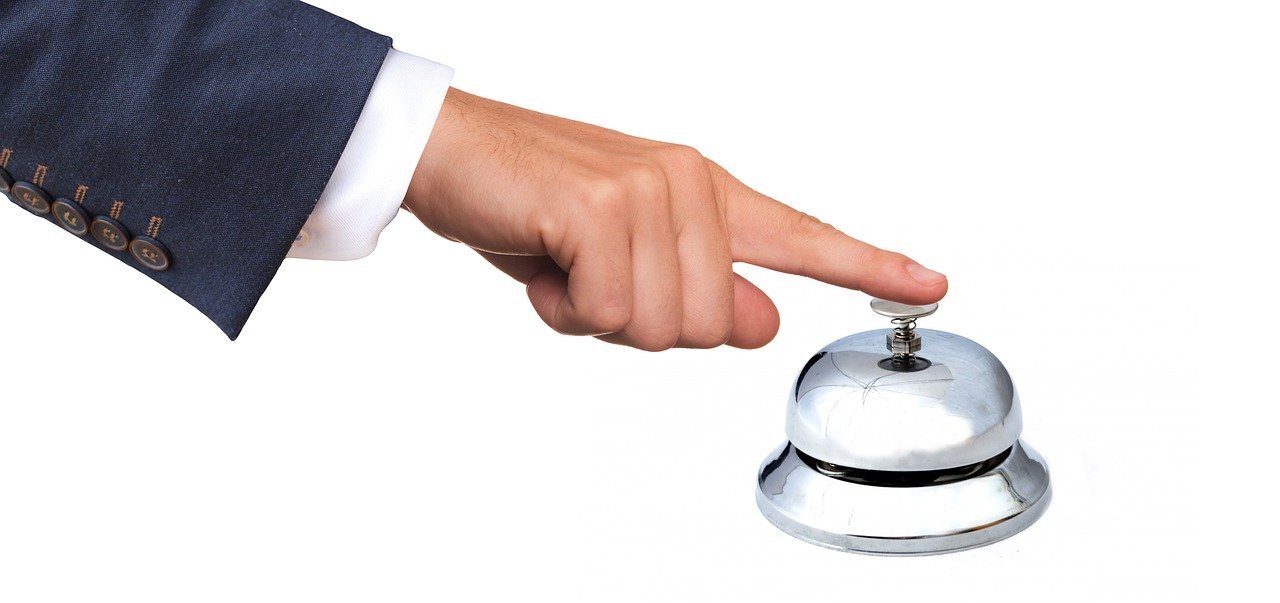Looking back on the last couple of years, travel and hospitality brands showed incredible resilience despite the most dramatic shifts in consumer spending ever observed. By February 2020, all travel demand had plummeted.
It then shifted just as quickly to domestic alternative locations. While travel demand may never revert to pre-pandemic levels, hope is once again on the horizon for the traditional airlines and hotel brands.
Airline and hotel spend roared back in March and April 2022 to surpass 2019 levels for the first time. Additionally, travel and tourism is forecasted to generate $8.6 trillion globally this year, which is only 6.4% below pre-pandemic levels.
At the same time, Americans are reportedly on the fence about how much money — if any — they want to spend on their summer vacations due to inflation. With this critical travel and hospitality season fast approaching, let’s look at what brands need to know to maximize their business outcomes.
Digital performance marketing remains imperative
With demand returning, travel and hospitality brands should assume the competition to capture customers will be as fierce as ever, particularly during the summer peak season. In 2021, travel marketers spent 38% more than they did the year before, and they are expected to spend 36% more this year than last year.
The message is clear: invest to win, but make sure performance marketing remains a core part of the mix. Recently, we saw Vrbo, Expedia and Booking.com purchase expensive broadcast ads reaching roughly 100 million consumers during the 2022 Super Bowl. Airbnb also recently ran a large ad campaign, which had a strong focus on TV.
But while TV gets a brand’s message out to a broad audience, marketers have little control over targeting and even less understanding of how their advertising spend translated into sales. This is where performance advertising shines.
From Cardlytics’ purchase intelligence data, we’ve found that brands that were more aggressive with performance marketing in 2021 picked up market share shockingly fast at the expense of their competitors who were spending exclusively on brand advertising. And this trend is expected to continue in 2022 as the competition heats up.
“Inflation anxiety” is real but presents an opportunity
For the first four months of 2022, pent-up travel demand was so strong, consumers hardly flinched when prices for goods and services began to increase. But now, as inflation anxiety grows, the risk to travel demand is real. Travel costs are up nearly 16% compared to 2019, and average price changes for transportation (up 30%), lodging (up 10%), recreation (up 5%), food and beverages (up 14%) also are troublesome for consumers’ wallets.
Despite these cost changes, travel and hospitality brands have an opportunity to adapt their loyalty messaging to address “inflation anxiety” by offering cash back rewards. Through data we have gathered from our test versus control methodology for travel, we know that such offers are not only proven to encourage consumers to take the extra trip, but they also generate a pool of good will for the brands that made it financially feasible.
The key to success is ensuring that the cash back rewards are promoted through channels that properly enforce one-to-one targeting. Brands should always be careful to limit published discounts in favor of targeted messaging through their own loyalty channels and digital channels such as card-linked offers. This provides the needed reach and activation at scale without the risk of diluting the brand premium.
But none of this is news to most travel and hospitality brands. It is predicted that travel and hospitality brands will spend 70% of their budgets on digital advertising by 2023, an increase from 63% in 2020.
However, what will set brands apart is the insistence on working with digital channels that can offer clean and accurate measurement of incremental sales. Only these brands will stand to capture more of the pent-up demand for travel this summer and beyond with measurable returns to drive proven marketing success.
Sasha Trifunac is vice president, Travel & Entertainment Partnerships at Cardlytics.
For more insights like this, subscribe to our free newsletter.
